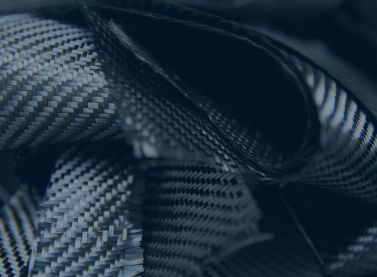26

Top 5 Structural Strengthening Materials You Need to Know About
Transform Your Construction Projects With These Expert Tips!
Top 5 Structural Strengthening Materials You Need to Know About
In the ever-evolving field of construction and engineering, the importance of using the right materials for structural strengthening cannot be overstated. These materials not only enhance the durability and safety of structures but also contribute to their longevity and performance. Here, we explore the top five structural strengthening materials that are making significant impacts in the industry.
1. Carbon Fiber Reinforced Polymers (CFRP)
Overview: Carbon Fiber Reinforced Polymers (CFRP) are composite materials known for their exceptional strength-to-weight ratio. They are lightweight yet incredibly strong, making them ideal for reinforcing various structural elements without adding significant weight.
Applications:
- Retrofitting existing structures
- Strengthening beams, columns, and slabs
- Seismic upgrades
Benefits:
- High tensile strength
- Corrosion resistance
- Minimal maintenance required
2. Steel Reinforcement
Overview: Steel remains one of the most widely used materials in construction due to its robustness and versatility. Steel reinforcement bars (rebars) provide the necessary tensile strength to concrete structures, which are otherwise strong in compression but weak in tension.
Applications:
- Reinforcing concrete beams and columns
- Constructing bridges and high-rise buildings
- Foundation strengthening
Benefits:
- High durability
- Cost-effective
- Easily available
3. Fiber Reinforced Polymers (FRP)
Overview: Fiber Reinforced Polymers (FRP) encompass a variety of composites that use fibers such as glass, aramid, and basalt. These materials offer excellent mechanical properties and are used in both new construction and the rehabilitation of existing structures.
Applications:
- Bridge decks and piers
- Facade strengthening
- Retaining walls
Benefits:
- Lightweight
- High strength
- Excellent fatigue resistance
4. Epoxy Resins
Overview: Epoxy resins are versatile adhesives used for bonding and surface preparation. They provide a strong, durable bond and are essential in applications involving the repair and reinforcement of concrete structures.
Applications:
- Crack injection and repair
- Bonding of CFRP and FRP to concrete
- Surface levelling before reinforcement
Benefits:
- Strong adhesion
- High chemical resistance
- Quick curing times
5. Concrete Additives
Overview: Concrete additives, including admixtures and supplementary cementitious materials (SCMs), are used to enhance the properties of concrete. These additives can improve workability, strength, and durability, making concrete structures more resilient.
Applications:
- High-performance concrete for infrastructure projects
- Marine and coastal structures
- Industrial flooring
Benefits:
- Improved workability and performance
- Enhanced durability and lifespan
- Reduced permeability
Conclusion
Choosing the right structural strengthening materials is crucial for the safety, durability, and longevity of construction projects. Carbon Fiber Reinforced Polymers (CFRP), steel reinforcement, Fiber Reinforced Polymers (FRP), epoxy resins, and concrete additives are among the top materials that engineers and builders rely on to ensure structural integrity. By understanding their unique properties and applications, you can make informed decisions to optimise the performance of your structures.
Stay tuned to our blog for more insights and updates on the latest advancements in structural strengthening materials and techniques.



